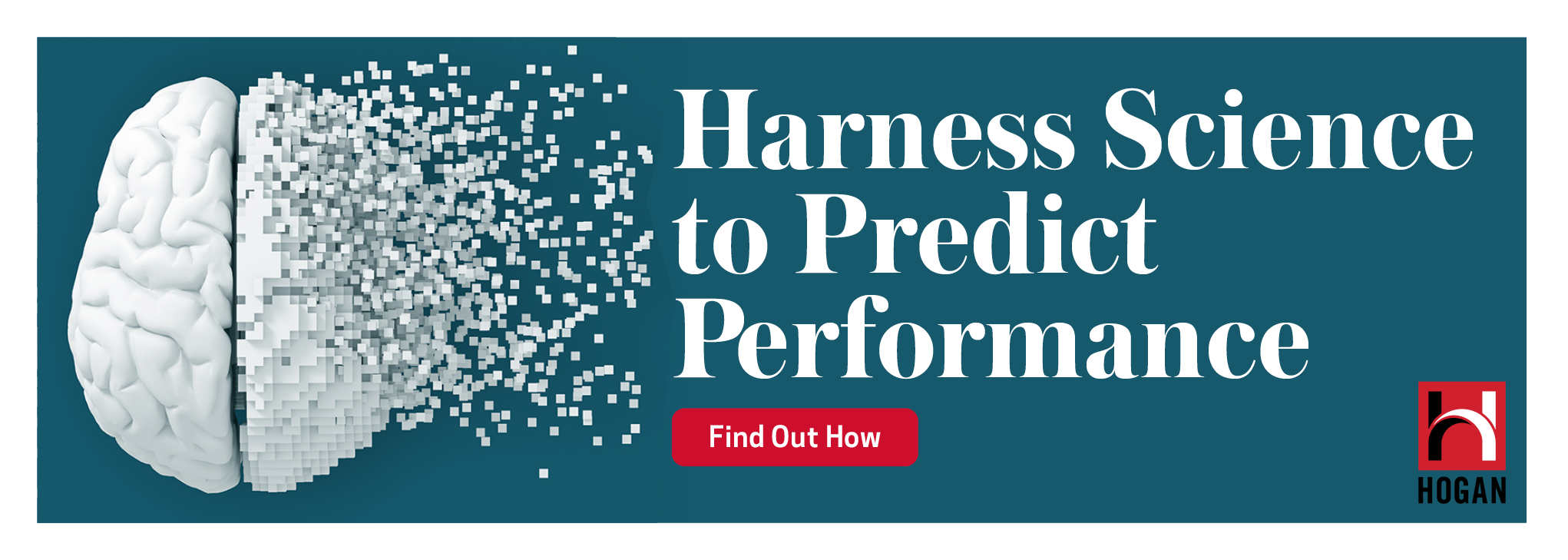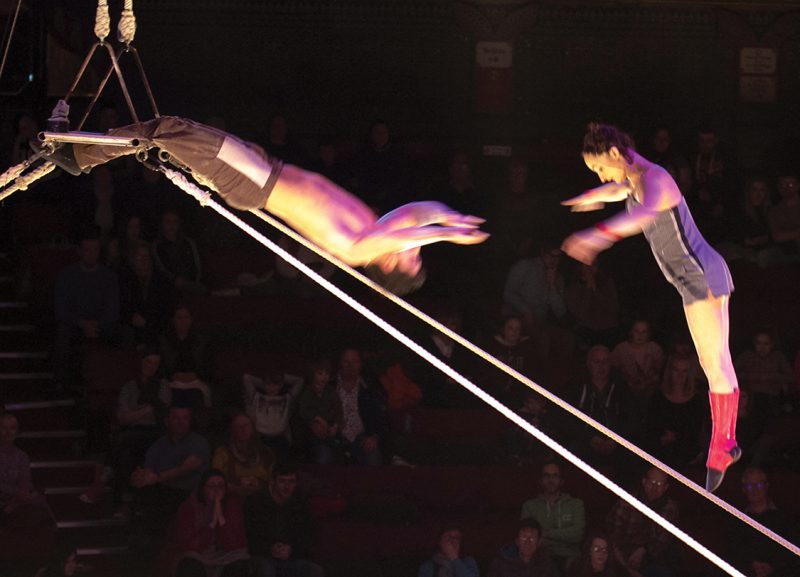This 14-step process could help your group achieve big goals. The best part? It won’t monopolize your schedule—or anyone else’s.
By Marshall Goldsmith, Ph.D., and Howard Morgan
Today’s leaders face a pesky predicament. As the pressing need to build effective teams in an environment of rapid change increases, the time and resources available to actually develop those teams dwindles. Most leaders have more work to do than ever before, but fewer staff members to help them do it. Something must give.
Our research involving thousands of participants shows how focused feedback and follow-ups can increase leadership effectiveness, as judged by direct reports and coworkers. Turns out, a parallel approach to team building can also help leaders construct successful groups without wasting anyone’s time. It simply requires each team member to have the courage to regularly ask for—and learn from—ongoing suggestions from fellow members.
Then there’s the other wrinkle: To successfully implement the following team-building method, the leader (or external consultant) will need to assume the role of coach or facilitator and fight the urge to be the “boss” or “instructor.”
Sign up for the monthly TalentQ Newsletter, an essential roundup of news and insights that will help you make critical talent decisions.
Greater improvement in teamwork tends to occur when members develop their own behavioral change strategies rather than just executing a strategy that has been imposed upon them by the boss or leaders.
Think you and your team have what it takes? Then proceed with the process.
Build a More Efficient Team in 14 Steps
Step #1: Start things off by asking all members of your team to confidentially record their individual answers to the following questions:
1. On a 1 to 10 scale (with 10 being ideal), how well are we doing in terms of working together as a team?
2. On a 1 to 10 scale, how well do we need to be doing in terms of working together as a team?
Before you launch into any team-building process, it’s crucial to determine whether your team actually feels that process is necessary. Some people may report to the same manager, but legitimately have little reason to work interactively as a team. Other groups, meanwhile, may believe that teamwork is important, but feel that the team is already functioning smoothly, and that a team-building initiative would be a waste of time.
Step #2: Have a team member calculate the results and discuss them with the rest of the group. If all the members believe that the gap between the team’s current effectiveness and needed effectiveness indicates the need for team building, proceed to the next step.
In the vast majority of cases, most team members say they believe that improved teamwork is indeed both important and needed. Based on the interviews that we’ve conducted with members from several hundred teams in multinational corporations, the average team member believes his or her team is currently functioning at a 5.8 level of effectiveness, but needs to be at an 8.7 level.
Step #3: Ask the team members, “If every member could change two key behaviors that would help us close the gap between where we are and where we want to be, which two behaviors should we all try to change?” Now ask each member to record his or her selected behaviors on flip charts.
Step #4: Next, help team members prioritize all the behaviors on the charts (many of the suggestions will be the same or similar) and, using consensus, determine the most important behavior to change for all members.
Step #5: Have each team member hold one-on-one conversations with all of the other members. During these dialogues, each member will request that his or her colleague suggest two areas for personal behavioral change (above and beyond the group behavior change already agreed on in Step #4) that will help the team close the gap between where we are and where we want to be.
These conversations should occur simultaneously—think of them like speed-dating—and take about 5 minutes each to complete. For example, if there are seven team members, each team member will participate in six brief, one-on-one dialogues.
Step #6: Give each team member some time to review his or her list of suggested behavioral changes and choose the one that seems to be the most important. Have all team members then announce their one key behavior for personal change to the larger group.
Step #7: Every month, encourage all team members to ask for 5-minute, three-question “suggestions for the future” from all other members. These suggestions will help increase their effectiveness in demonstrating the one key behavior common to all members, the one key personal behavior generated from member input, and overall effective behavior as a member.
Step #8: Conduct a mini-survey followup process in approximately 6 months. From the mini-survey, each team member will receive confidential feedback from all other members on his or her perceived change in effectiveness.
This survey should include the one common behavioral item, the one personal behavioral item, and the overall team member item. A final question can gauge the level of follow-up so that members can see the connection between their personal engagement in the process and their increased effectiveness as a member of the team. This four-question survey can either be electronically distributed or put on a postcard, and might look like the sample in Figure 1.

Step #9: Calculate the results for each individual on all items and the summary results for all team members on the common team items. Each member can then receive a confidential summary report indicating the degree to which colleagues see his or her increased effectiveness in demonstrating the desired behaviors. Each member can also receive a summary report on the team’s progress on the items selected for all members.
Before-and-after studies have shown that if team members have regularly followed up with their colleagues, they will almost invariably be seen as increasing their effectiveness in their selected individual areas for improvement. The group summary also tends to show that team members will have increased in effectiveness on the common team items and overall team member behavior. The mini-survey summary report will give members a chance to receive positive reinforcement for improvement after a reasonably short period of time. The mini-survey will also help to validate the importance of following up.
Step #10: In a team meeting, have each member discuss key learnings from their mini-survey results and ask for further suggestions in a brief one-on-one dialogue with another team member.
Step #11: Review the summary results with the team. Facilitate a discussion on how the team as a whole is doing in terms of increasing its effectiveness in the key behavior that was selected for all team members. Provide the team with positive recognition for increased effectiveness in teamwork. Encourage members to stay focused on demonstrating the behaviors that they’re trying to improve.

Step #12: Have every team member continue to conduct brief, monthly “progress report” sessions with all other team members. Re-administer the minisurvey 8 months after the beginning of the process and again after 1 year.
Step #13: Conduct a summary session with the team 1 year after starting the process. Review the results of the final mini-survey and ask the team members to rate the team’s effectiveness on where we are versus where we need to be in terms of working together.
Compare these ratings with the original ratings that were calculated a year earlier. (If members followed the process in a reasonably disciplined fashion, the team will almost always see a dramatic improvement in teamwork.) Give the team positive recognition for improvement in teamwork, then have each member (in a brief one-on-one dialogue) recognize his or her colleagues for behavioral improvements that they have made over the past 12 months.
Step #14: Ask the team members if they believe they’ll need to continue working on team building in the upcoming year. If they say more work would be beneficial, then continue with the process. If not, declare victory and move on to something else.
Why the Process Works
Most survey feedback processes ask respondents to complete too many items. In these surveys, most of the items don’t result in any behavioral change. Worse yet, most participants think they’re wasting their time filling out answers. But employees almost never object to completing short mini-surveys that are specifically designed to fit each team member’s unique needs.
In addition, typical survey processes provide participants with feedback every 12 to 24 months, but any research on behavioral change shows that feedback and reinforcement for new behavior needs to occur much more frequently than annually or biennially.
Above all else, many team-building processes degenerate because team members are primarily tasked with solving someone else’s problems. On the other hand, this process works because it encourages all employees to focus on improving themselves.
So we offer you, the team leader, a simple challenge: Try it! The process takes very little time, and the first minisurvey will quickly show if progress is being made.
The upside can be high: As effective teamwork becomes more important, the brief amount of time you invest in this process may produce a big return for your team—and a potentially gigantic return for your organization.
Marshall Goldsmith, Ph.D., is a world authority in helping successful leaders achieve positive, lasting change in behavior—for themselves, their people, and their teams. He’s written more than 30 books, including the bestselling What Got You Here Won’t Get You There. He’s also been named one of the top 15 business thinkers in the world by Forbes and The Times of London.
Howard Morgan is a top executive coach whose work with CEOs, senior leadership teams, and executive boards has earned him global recognition as an expert on optimizing individual and organizational performance. He is a managing director of Leadership Research Institute and a founder of 50TopCoaches.


